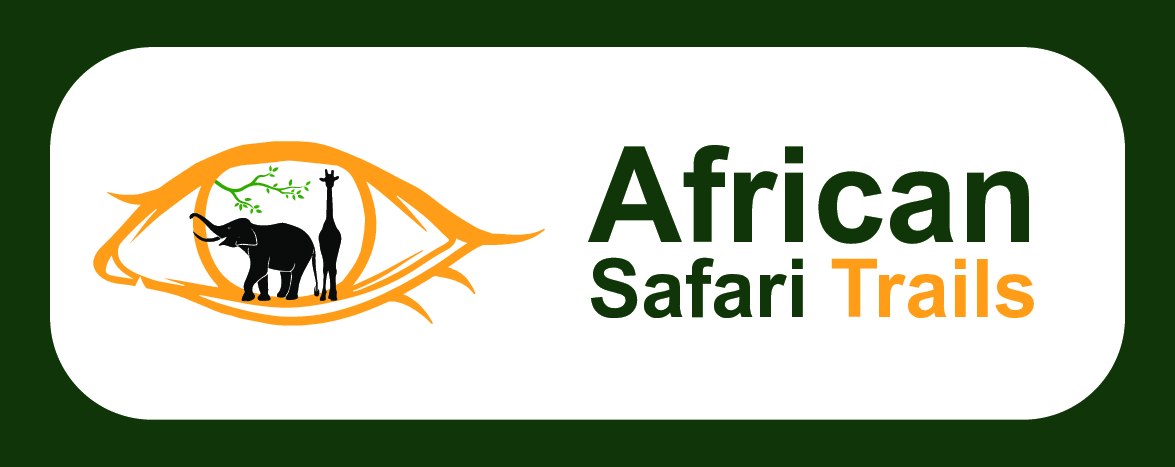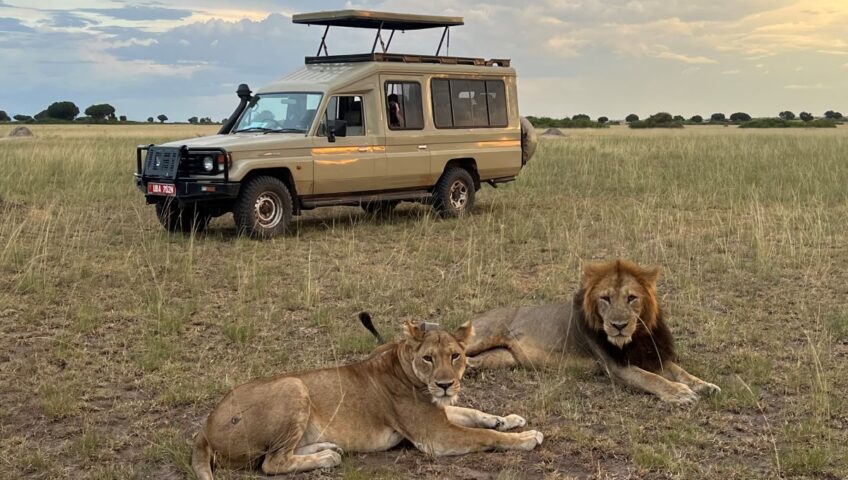Gorilla trekking is one of the most thrilling and emotional wildlife experiences in the world. Whether you’re venturing into Uganda’s Bwindi Impenetrable Forest, Rwanda’s Volcanoes National Park, or the DRC’s Virunga Mountains, encountering a family of wild mountain gorillas up close is unforgettable. However, how you experience the journey can vary significantly depending on whether you opt for a mid-range or luxury gorilla trekking experience.
Accommodation and Comfort
One of the most noticeable differences lies in accommodation. Mid-range lodges typically offer clean, comfortable rooms with private bathrooms, decent meals, and warm hospitality. These lodges are often located within a short drive from the park gates, and while not extravagant, they offer all essential comforts for a pleasant stay. Think solar-heated showers, hearty buffet meals, and cozy lounge areas.
Luxury lodges, on the other hand, take comfort to another level. Set in prime forest locations, they offer stunning views, spacious en-suite cottages or tents, gourmet dining, spa services, and personal butlers. Some have private decks overlooking gorilla trails or offer in-room fireplaces and massage therapy after your trek. The luxury experience begins the moment you’re picked up in a private vehicle and continues with tailored services throughout your stay.
Trekking Experience
The actual gorilla trek itself is similar regardless of your budget — everyone gets the same permit, follows the same park rules, and is led by certified rangers. However, luxury travelers often enjoy a few added conveniences, such as private transfers to the briefing point, porter services included, and sometimes private treks, depending on park regulations and availability.
Mid-range treks typically involve group transfers, with guests joining other travelers for the pre-trek briefing. Porters are available for hire at an extra cost, and while the trek remains just as exciting, the level of exclusivity is less than that of a luxury setup.
Meals and Dining
Mid-range travelers can expect hearty, home-cooked meals served in communal dining areas. The focus is on energy-boosting dishes and local flavors, perfect for refueling after a long trek. In luxury lodges, meals are often multi-course and chef-prepared, with options tailored to dietary needs. You might enjoy sundowners, wine pairings, and bush breakfasts overlooking the rainforest — enhancing the overall experience beyond just the trek.
Logistics and Transfers
Mid-range safaris often use shared 4×4 vehicles and longer road transfers between destinations, which can be scenic but time-consuming. Some itineraries might include 8–10 hours of driving through rural Uganda or Rwanda.
Luxury trips typically include private drivers, shorter transfer routes, and sometimes even domestic flights or helicopter transfers, minimizing travel time and maximizing comfort. These upgrades reduce fatigue and make it easier for travelers with tighter schedules.
Cultural and Add-On Experiences
Both mid-range and luxury experiences may include cultural encounters, such as village visits or traditional performances. However, luxury operators often offer curated private experiences, including personalized photography sessions, exclusive community visits, or conservation briefings with local experts.
Cost Breakdown
As of 2025, gorilla permits cost $800 in Uganda, $1,500 in Rwanda, and $400 in the DRC—the same regardless of your travel class. What changes dramatically is the overall trip cost:
-
Mid-Range Gorilla Trekking Package (Uganda): $1,800 – $2,500 per person (3–4 days)
-
Luxury Gorilla Trekking Package (Uganda or Rwanda): $4,500 – $8,000+ per person (3–4 days)
These prices include accommodation, transportation, meals, guide services, and park fees, depending on the package provider.

